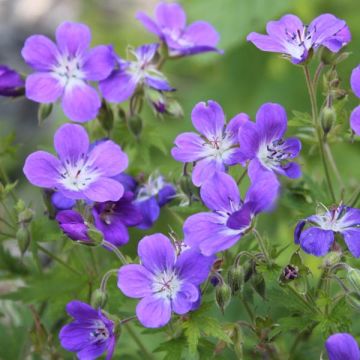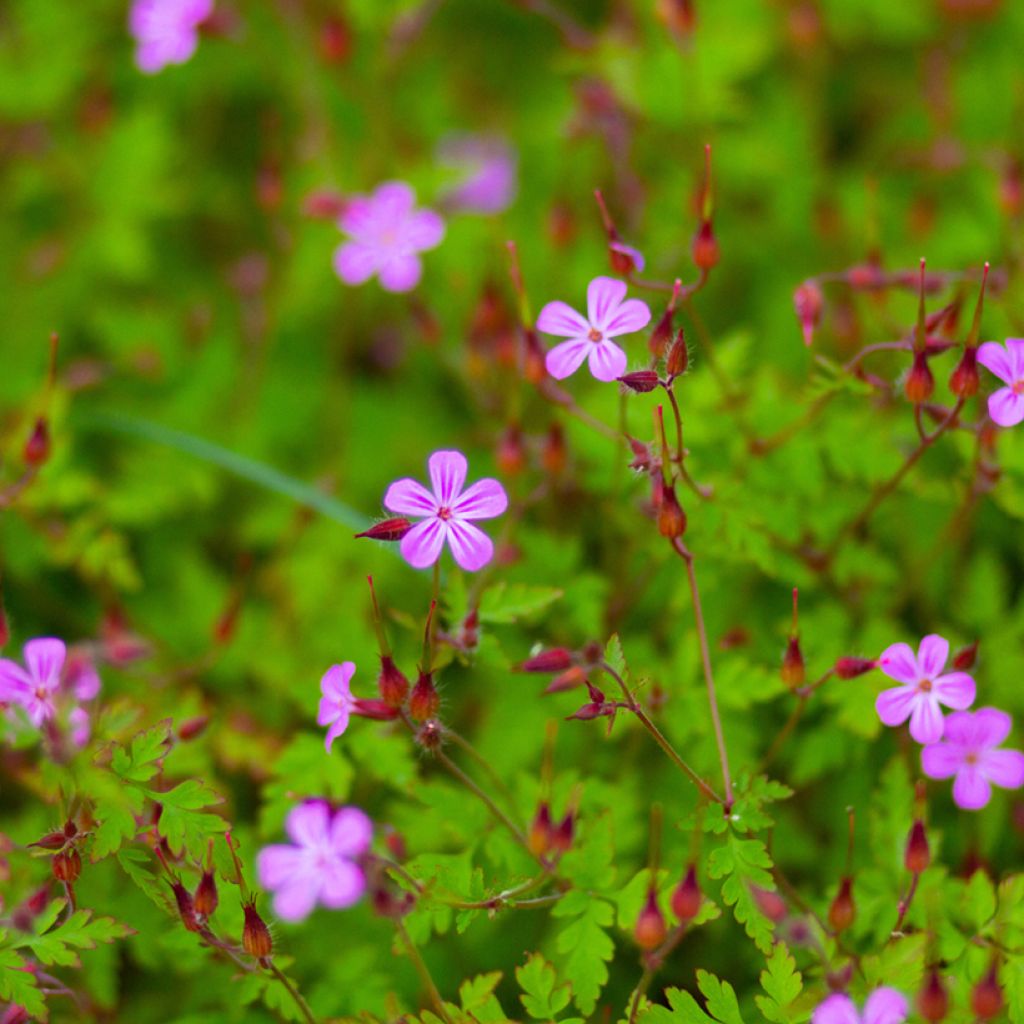

Geranium robertianum - Géranium Herbe à Robert


Geranium robertianum - Géranium Herbe à Robert


Geranium robertianum - Géranium Herbe à Robert
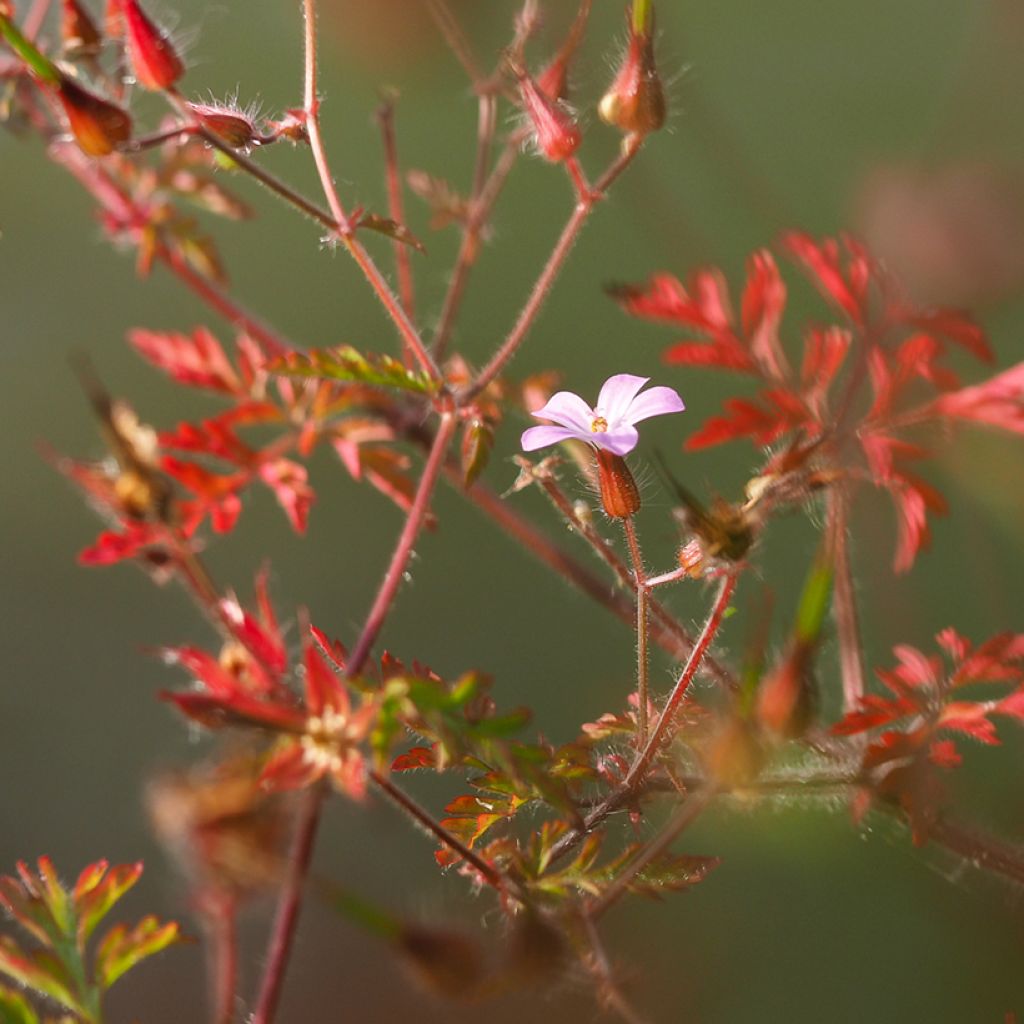

Geranium robertianum - Géranium Herbe à Robert


Geranium robertianum - Géranium Herbe à Robert


Geranium robertianum - Géranium Herbe à Robert


Geranium robertianum - Géranium Herbe à Robert
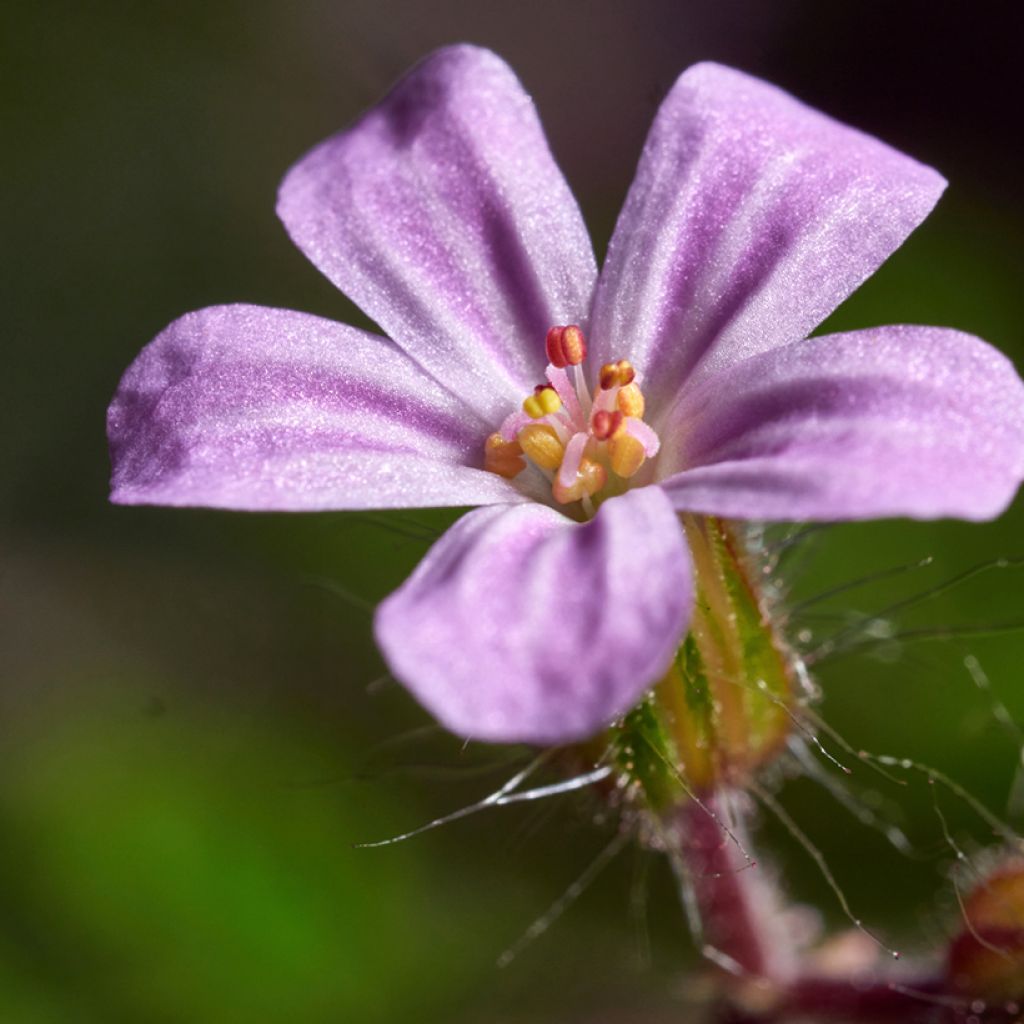

Geranium robertianum - Géranium Herbe à Robert
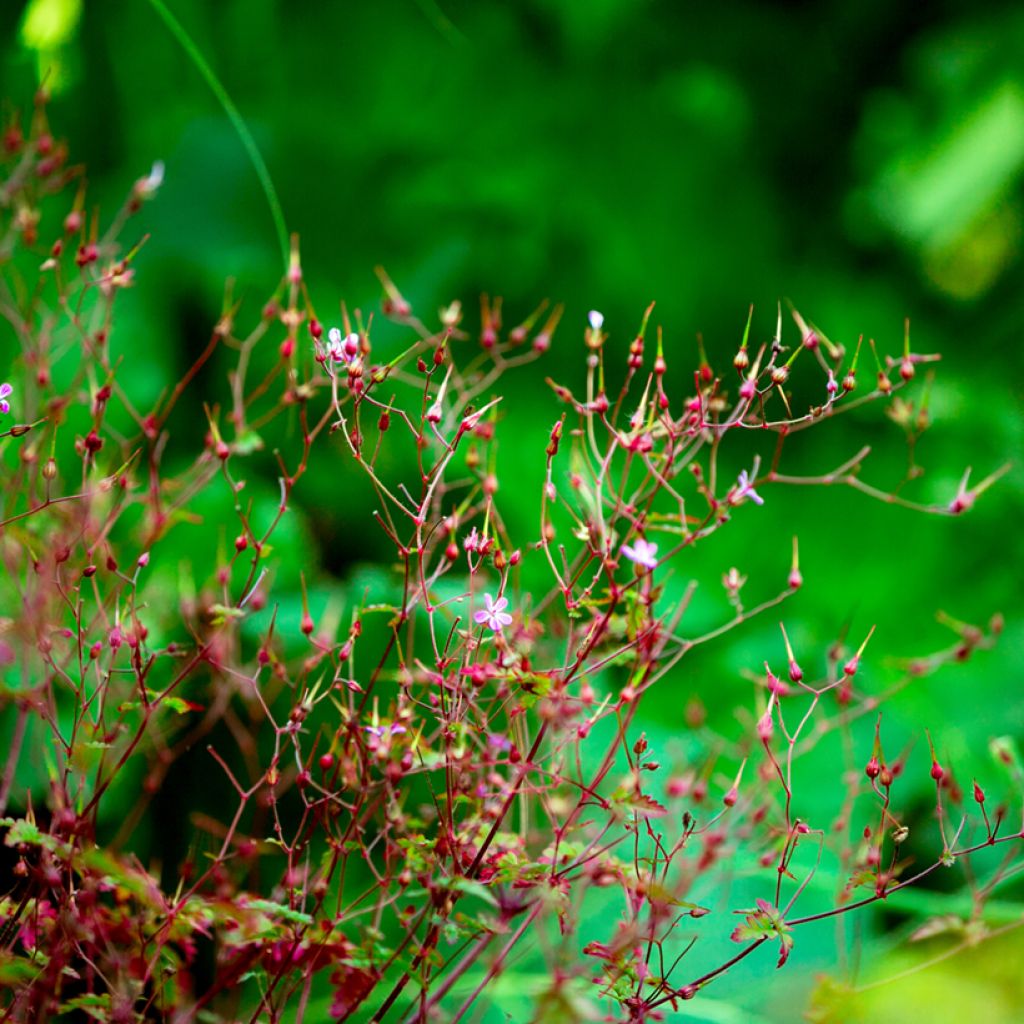

Geranium robertianum - Géranium Herbe à Robert
Geranium robertianum
Geranium robertianum
Herb Robert, Red Robin, Death come quickly, Cranesbill, Dove's Foot, Crow's Foot
This item cannot be shipped to the selected country
Delivery charge from €5.90
More information
Schedule delivery date,
and select date in basket
This plant carries a 12 months recovery warranty
More information
We guarantee the quality of our plants for a full growing cycle, and will replace at our expense any plant that fails to recover under normal climatic and planting conditions.
From €5.90 for pickup delivery and €6.90 for home delivery
Express home delivery from €8.90.
Does this plant fit my garden?
Set up your Plantfit profile →
Description
Geranium robertianum or Herb Robert is the most common Geranium species in mcuh of Europe. This biennial or annual species is widely distributed throughout the northern hemisphere. Well known to gardeners, some of whom struggle to eliminate it, it is meanwhile highly appreciated by others for its decorative qualities, its ability to naturalise, and its multiple benefits. It has no preference regarding soil type and is therefore very widespread. Easily recognisable by its dissected leaves, red stems, and pink flowers, it grows almost everywhere and quickly covers neglected areas with its light foliage. Use it in the garden for its qualities as melliferous ground cover, or for its therapeutic virtues, or indeed - though this divides opinion - for its taste.
Geranium robertianum belongs to the Geraniaceae family. It is found in many corners: wall corners, hedge corners, debris, shaded undergrowth, meadows, roadside edges, vertically on old walls - no one could say it's choosy! It appreciates cool or temperate climates, on soils where nitrogen is present. It reaches a height of 30 cm (12in) with a theoretically unlimited spread. Unlike geraniums cultivated in gardens, it has a one-year or two-year life cycle and dies at the end of the season. It readily self-seeds thanks to its cranesbill-shaped fruits, its other nickname. It forms bushy clumps with light, finely divided foliage, palmately compound leaves with 3 to 5 segments. Its leaflets are divided and triangular. The petiole and stem are villous. The stems are red. The green foliage is more or less light or dark depending on the exposure. It turns red in autumn, in full sun and in dry soil. The plant blooms for a very long time, from spring to autumn, with small flat pink flowers with 5 rounded petals that constantly renew themselves.
Geranium robertianum can be grown in all exposures and all types of soil. It is good ground cover that prevents other weeds from growing (we say "other weeds" as Herb Robert is often considered one itself). It can be used in rock gardens and borders, alongside plants that are not afraid of its conquering tendencies. Plant it in pots, in the crevices of walls, in wild or more civilized gardens, for its decorative, utilitarian, or culinary qualities. It is indeed edible; its leaves, with a pungent odour when crushed, have a coriander taste for some, while others are repulsed by it. Use its leaves and flowers in salads, sparingly, or in herbal tea.
It is reputed to have multiple virtues: antioxidant, antihemorrhagic, anti-inflammatory, antifungal, antibacterial, hypoglycemic...Simply put, it is vulnerary, and can be rubbed on wounds or chewed to relieve canker sores. When rubbed on the skin, it is a mosquito repellent.
Report an error about the product description
Flowering
Foliage
Plant habit
Botanical data
Geranium
robertianum
Geraniaceae
Herb Robert, Red Robin, Death come quickly, Cranesbill, Dove's Foot, Crow's Foot
Western Europe
Other Hardy Geranium - Cranesbill
Planting and care
Geranium robertianum is not demanding in terms of exposure or soil quality. It adapts its growth cycle to the climate, being earlier in the south and later in the north. To plant your young plant, work the soil to a depth of 20 cm (8in), crumbling it well and adding a base amendment such as dried blood or dehydrated horn at the bottom of the planting hole. Position your plant, removed from its pot, covering the top of the root ball with 3 cm (1in) of soil, then fill in and water generously to remove any air pockets. In dry weather, regular watering is necessary for a few weeks to facilitate root growth. The plant dies at the end of its cycle, after dispersing its seeds. It self-seeds abundantly for the following season. If it becomes too invasive or suffocating, its shallow roots make it very easy to uproot.
Planting period
Intended location
Care
-
, onOrder confirmed
Reply from on Promesse de fleurs
Haven't found what you were looking for?
Hardiness is the lowest winter temperature a plant can endure without suffering serious damage or even dying. However, hardiness is affected by location (a sheltered area, such as a patio), protection (winter cover) and soil type (hardiness is improved by well-drained soil).

Photo Sharing Terms & Conditions
In order to encourage gardeners to interact and share their experiences, Promesse de fleurs offers various media enabling content to be uploaded onto its Site - in particular via the ‘Photo sharing’ module.
The User agrees to refrain from:
- Posting any content that is illegal, prejudicial, insulting, racist, inciteful to hatred, revisionist, contrary to public decency, that infringes on privacy or on the privacy rights of third parties, in particular the publicity rights of persons and goods, intellectual property rights, or the right to privacy.
- Submitting content on behalf of a third party;
- Impersonate the identity of a third party and/or publish any personal information about a third party;
In general, the User undertakes to refrain from any unethical behaviour.
All Content (in particular text, comments, files, images, photos, videos, creative works, etc.), which may be subject to property or intellectual property rights, image or other private rights, shall remain the property of the User, subject to the limited rights granted by the terms of the licence granted by Promesse de fleurs as stated below. Users are at liberty to publish or not to publish such Content on the Site, notably via the ‘Photo Sharing’ facility, and accept that this Content shall be made public and freely accessible, notably on the Internet.
Users further acknowledge, undertake to have ,and guarantee that they hold all necessary rights and permissions to publish such material on the Site, in particular with regard to the legislation in force pertaining to any privacy, property, intellectual property, image, or contractual rights, or rights of any other nature. By publishing such Content on the Site, Users acknowledge accepting full liability as publishers of the Content within the meaning of the law, and grant Promesse de fleurs, free of charge, an inclusive, worldwide licence for the said Content for the entire duration of its publication, including all reproduction, representation, up/downloading, displaying, performing, transmission, and storage rights.
Users also grant permission for their name to be linked to the Content and accept that this link may not always be made available.
By engaging in posting material, Users consent to their Content becoming automatically accessible on the Internet, in particular on other sites and/or blogs and/or web pages of the Promesse de fleurs site, including in particular social pages and the Promesse de fleurs catalogue.
Users may secure the removal of entrusted content free of charge by issuing a simple request via our contact form.
The flowering period indicated on our website applies to countries and regions located in USDA zone 8 (France, the United Kingdom, Ireland, the Netherlands, etc.)
It will vary according to where you live:
- In zones 9 to 10 (Italy, Spain, Greece, etc.), flowering will occur about 2 to 4 weeks earlier.
- In zones 6 to 7 (Germany, Poland, Slovenia, and lower mountainous regions), flowering will be delayed by 2 to 3 weeks.
- In zone 5 (Central Europe, Scandinavia), blooming will be delayed by 3 to 5 weeks.
In temperate climates, pruning of spring-flowering shrubs (forsythia, spireas, etc.) should be done just after flowering.
Pruning of summer-flowering shrubs (Indian Lilac, Perovskia, etc.) can be done in winter or spring.
In cold regions as well as with frost-sensitive plants, avoid pruning too early when severe frosts may still occur.
The planting period indicated on our website applies to countries and regions located in USDA zone 8 (France, United Kingdom, Ireland, Netherlands).
It will vary according to where you live:
- In Mediterranean zones (Marseille, Madrid, Milan, etc.), autumn and winter are the best planting periods.
- In continental zones (Strasbourg, Munich, Vienna, etc.), delay planting by 2 to 3 weeks in spring and bring it forward by 2 to 4 weeks in autumn.
- In mountainous regions (the Alps, Pyrenees, Carpathians, etc.), it is best to plant in late spring (May-June) or late summer (August-September).
The harvesting period indicated on our website applies to countries and regions in USDA zone 8 (France, England, Ireland, the Netherlands).
In colder areas (Scandinavia, Poland, Austria...) fruit and vegetable harvests are likely to be delayed by 3-4 weeks.
In warmer areas (Italy, Spain, Greece, etc.), harvesting will probably take place earlier, depending on weather conditions.
The sowing periods indicated on our website apply to countries and regions within USDA Zone 8 (France, UK, Ireland, Netherlands).
In colder areas (Scandinavia, Poland, Austria...), delay any outdoor sowing by 3-4 weeks, or sow under glass.
In warmer climes (Italy, Spain, Greece, etc.), bring outdoor sowing forward by a few weeks.

































